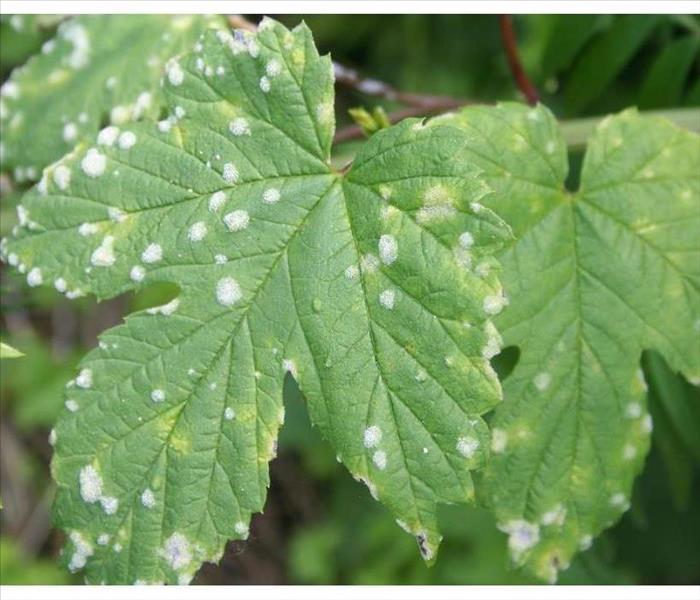3 Ways To Get Rid of Mildew on Plants
6/14/2021 (Permalink)
3 Ways To Get Rid of Mildew on Plants
Mold and mildew tend to thrive in dark and damp conditions. Because the soil in many potted plants is conducive to mold and mildew growth, plant mildew is often an issue for people. These are three ways you can get rid of it.
1. Prevent It From Growing
One of the best ways to eliminate mildew in houseplants is to prevent mildew growth from starting. Whenever you pot a new plant or change the soil in an existing one, use healthy, sterile soil. Don't overwater your plants. Clean debris, such as dead leaves, out of pots and dust the leaves of plants regularly. Make sure your plants have adequate light and ventilation.
Moisture on the leaves of plants can contribute to mildew growth. Water your plants from the bottom, instead of misting the leaves.
2. Remove the Mildew
Plant mildew can be contagious, so it is best to isolate a planet with mildew from your other plants. Pinch off and discard affected leaves. If mildew is widespread, mix one tablespoon of baking soda with a half teaspoon of liquid soap and one gallon of water. Spray this mixture on the affected leaves.
If this method is ineffective, you can try a household fungicide. It is best to take houseplants outside to apply these products.
3. Control Moisture in Your Home
High moisture conditions in the home can promote the growth of mold and mildew. Check your home for sources of moisture, such as leaking pipes. If you are noticing brown or green stains or musty odors in your home, you may have mold growth. Contact a mold remediation company in Atlanta, GA to inspect your home and remove mold.
Plant mildew can be a frustrating problem to get rid of. However, following these steps can help you eliminate problems with mold and mildew in your home and prevent them from occurring in the future.




 24/7 Emergency Service
24/7 Emergency Service
